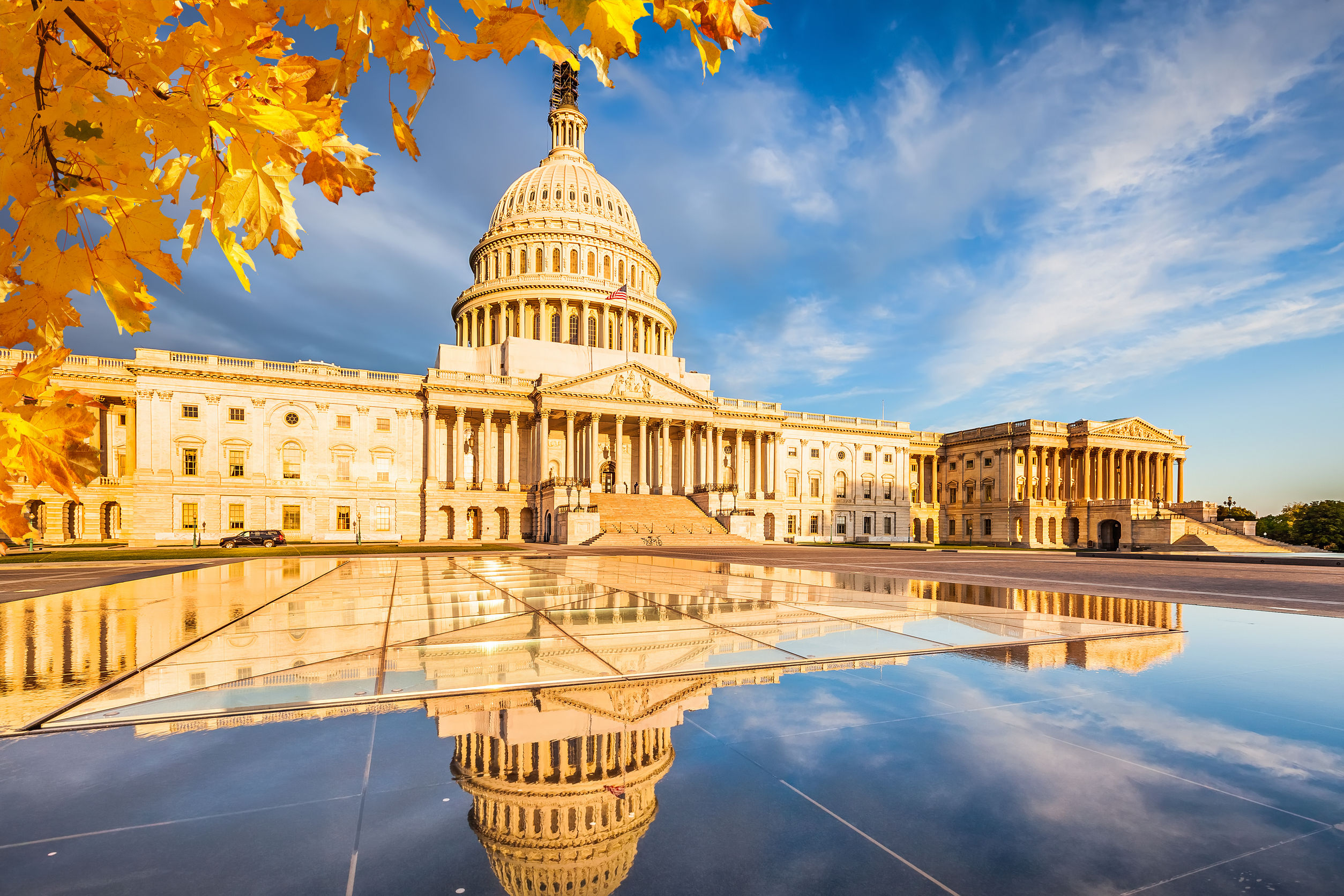
When it comes to housing in America, this Halloween is a day when all of us are concerned whether the Budget Reconciliation bill will be a trick or treat. The stakes are incredibly high, and the homes of hundreds of thousands of families are on the line. Having said that, and thoroughly mixing my holiday metaphors, we have a lot for which to be thankful.
President Joe Biden’s Build Back Better framework can make a material contribution to addressing housing needs and securing racial equity in homeownership. Over $150 billion for housing is an enormous investment toward solving our housing production crisis. You can read a complete list of all the housing provisions currently in the bill here.
Securing $65 billion for public housing repair is a major victory and one of the most impactful provisions in the bill. NHC fought for the construction of nearly every unit of public housing in the country between 1937 and 1968. These public housing units were built to ensure that Americans who fell on hard times had access to safe and dignified housing. The fact that many of these homes have deteriorated so significantly in the intervening decades, often to the point of becoming unlivable, is unacceptable.
The framework also invests over $25 billion in subsidies for affordable and accessible housing production. The bill’s $10 billion investment in down payment assistance and counseling for first-generation homebuyers is a historic innovation in federal assistance for homeownership and a first step toward reversing the racial homeownership gap we see today. Senator Mark Warner’s (D-VA) Low-Income First Time Homebuyers (LIFT) Act will offer first-generation homeowners a 20-year FHA loan option with the same monthly payment as a traditional 30-year loan. The loan allows homeowners to build equity much faster.
These victories would not have been possible without the leadership of President Biden, Majority Leader Schumer, Speaker Pelosi, Senate Banking Committee Chairman Brown and House Financial Services Committee Chairwoman Waters, and the united efforts of every sector of the housing industry.
But there is also a lot more work to be done in getting the bill to the President’s desk, and in ensuring that he can meet his goal of 1 million units of new and rehabilitated housing. This objective can’t be met without funding for the Low-Income Housing Tax Credit (LIHTC) and the Neighborhood Homes Investment Act.
Novogradac & Company estimates that more than 1.38 million homes could built using if all the LIHTC provisions were included in the bill, housing more than 3.2 million low-income people. The Neighborhood Homes Investment Actwould support the development and rehabilitation of homes for 500,000 homebuyers over 10 years, many likely to be first time and minority homebuyers; generating $100 billion in new investment, nearly 800,000 jobs paying $43 billion in wages, higher nearby property values, and $29 billion in tax revenue.
The housing tax provisions have been strongly supported by the White House and Congressional Leaders. During our meeting with Majority Leader Charles Schumer on Wednesday, he made clear he is with us 100 percent. But he was also candid in stating that we need to do more if we are going to get them in the bill.
Prospects for the tax credits are highly dependent on how the Joint Committee on Taxation (JCT) estimates the bill’s revenue projections or score. The JCT score can’t be completed without final legislative text, which was not available until late last week. If the projection is short of expectations, more cuts in the bill will have to be made. If the score exceeds projections, adding programs like NHIA and LIHTC is more likely. A Penn Wharton school model predicts a $486 billion shortfall.
We must see this hard work result in housing. Our message is simple: “Thank you for your support for housing. We must remain a top priority and stay – or in the case of LIHTC and NHIA – get back in the final legislation.”

